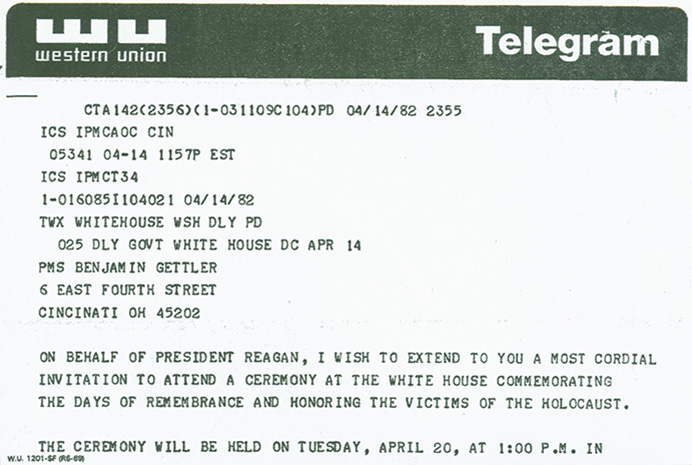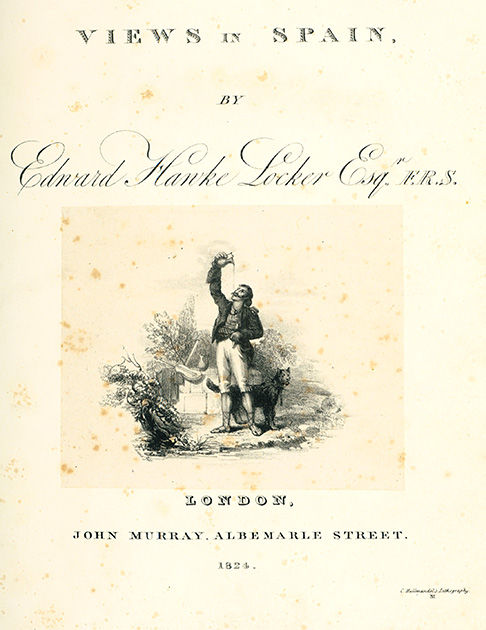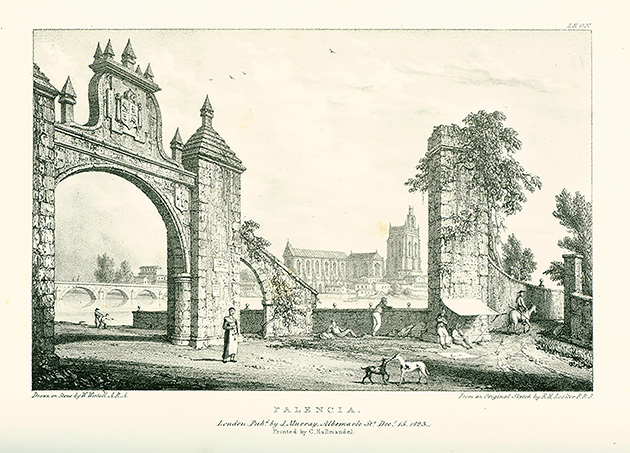Research Reproducibility Workshops

workshops facilitator April Clyburne-Sherin
UC Libraries and IT@UC are pleased to offer two workshops on Research Reproducibility as part of the Data and Computational Science Series. We are partnering with Code Ocean to offer these workshop on Oct 3rd and 4th. The workshops facilitator is April Clyburne-Sherin from Code Ocean. April is an epidemiologist, methodologist and expert in open science tools, methods, training and community stewardship. She holds an MS in Population Medicine (Epidemiology). Since 2014, she has focused on creating curriculum and running workshops for scientists in open and reproducible research methods and is co-author of FOSTER’s Open Science Training Handbook. She is currently the Director of Scientific Outreach for the reproducibility platform Code Ocean. Code Ocean (https://codeocean.com/) is a cloud-based computational reproducibility platform that provides researchers and developers an easy way to share, discover and run code published in academic journals and conferences. Their mission is to make the world’s scientific code more reusable, executable and reproducible. More information and registration for the workshops can be found at the links below. Questions? Email AskData@UC.Edu. The events are free and open to all.
Workshop 1 — East Campus, Biomedical and Clinical Focus
URL – https://webapps2.uc.edu/ce/FacDev/Workshops/Details/11432
Title: Integrating reproducible best practices into biomedical and clinical research: A hands-on workshop for researchers – Data And Computational Science Series
Date: Wednesday, Oct. 3, 1 – 3pm
Location: Troup Learning Space Conf Rm-MSB G005G
Workshop 2 — West Campus, General Audience
URL – https://webapps2.uc.edu/ce/FacDev/Workshops/Details/11433
Title: Preparing your data and code for reproducible publication: A hands-on workshop for researchers – Data And Computational Science Series
Date: Thursday, Oct. 4, 10am – 12pm
Location: CEAS Library Classroom 850D Baldwin
DCS2 CodeOcean_flyerV2





 UC Libraries will be closed Monday, September 3 for Labor Day, except for the
UC Libraries will be closed Monday, September 3 for Labor Day, except for the  The Color Purple, Harry Potter, Gone Girl – is one of these your favorite novel? Did you enjoy or struggle reading The Grapes of Wrath, War and Peace or Heart of Darkness when assigned for class? Did you sneak read The Stand or Twilight when your teacher wasn’t looking? These favorite, or not-so-favorite, books are amongst the 100 best-loved novels up for consideration as “The Great American Read.”
The Color Purple, Harry Potter, Gone Girl – is one of these your favorite novel? Did you enjoy or struggle reading The Grapes of Wrath, War and Peace or Heart of Darkness when assigned for class? Did you sneak read The Stand or Twilight when your teacher wasn’t looking? These favorite, or not-so-favorite, books are amongst the 100 best-loved novels up for consideration as “The Great American Read.”

